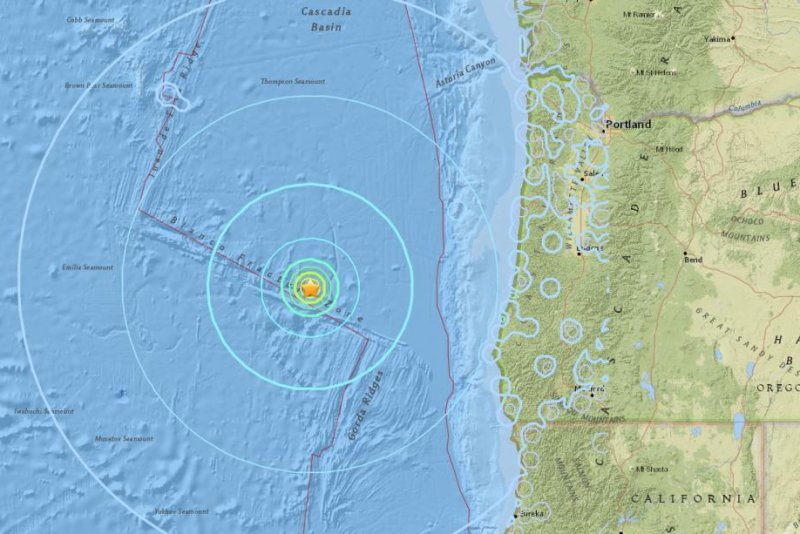Article By: Bible.org
The calendar on the wall indicated that it was about 760 years before Jesus was born. Jeroboam II was on the throne of the northern kingdom of Israel & his military exploits had extended Israel’s borders farther than they had been since the days of Solomon’s glorious kingdom. Tribute money from subject nations was pouring into the treasury at the capital city of Samaria & the people of Israel were enjoying a period of unprecedented prosperity.
As is often the case, w/prosperity came moral & spiritual degeneration. Secularism & materialism captured the hearts of the people & sin ran rampant. The list reads like twentieth-century America: swearing, lying, killing, stealing, adultery, drunkenness, perversion, perjury, deceit & oppression, to name but a few. But the thing that grieved the heart of God more than anything else was the sin of idolatry (Hos. 4:12, 13; 13:2). The golden calves set up by Jeroboam I about 150 years earlier had opened the floodgates to every evil expression of Canaanite idolatry, including drunkenness, religious prostitution & human sacrifice.
Since the Lord viewed Israel as His wife, He viewed her worship of other gods as spiritual adultery. The Old Testament speaks frequently of Israel whoring after or playing the harlot w/other gods (e.g., Deut. 31:16; Judg. 2:17). Jehovah had told Israel from the beginning that he would not share her w/others. “You shall have no other gods before Me” was the 1st of his 10 great commandments (Exodus 20:3). But she had persistently ignored His command & by the days of Jeroboam II the situation was intolerable. God was about to speak decisively & He chose 1st a prophet named Amos. The former herdsman of Tekoa thundered God’s warning of imminent judgment, but the nation paid little attention. So God spoke again, this time through the prophet Hosea whose name meant “Jehovah is salvation.”
The very 1st thing God ever said to Hosea tells us about his unlikely marriage:
“Go, take to yourself a wife of harlotry, and have children of harlotry; for the land commits flagrant harlotry, forsaking the Lord” – Hosea 1:2
These instructions have been variously understood by different students of Scripture through the years. Some believe that God was commanding Hosea to marry a woman who had formerly been a prostitute. Others contend that taking a wife of harlotry would merely refer to marrying a woman from the northern kingdom of Israel, a land which was guilty of spiritual adultery. In either case, it is obvious that she was a woman who had been deeply affected by the moral laxity of her society & God intended to use the prophet’s personal relationship w/her as a penetrating object lesson of His own relationship w/His unfaithful people, Israel. Whatever her past, there may have been some evidence of genuine repentance & faith in Jehovah. Maybe she had responded to the Spirit-filled ministry of Hosea himself, & he found his heart drawn to her in deep & unselfish love. God directed him to take her as his wife & so it was that Gomer, the daughter of Diblaim, became the unlikely wife of the budding young preacher.
The early days of their marriage were beautiful as their love began to blossom. And God blessed their union with a son. How Hosea’s heart must have swelled w/joy. He was convinced that his marriage would be better than ever w/this little 1 to brighten their home. God named the baby, for his name was to have prophetic significance to the nation. He called him Jezreel bc it was at Jezreel that King Jeroboam’s great grandfather Jehu had 1st come to the throne by ambitious crimes of bloodshed & violence. While his dynasty was prospering at the moment, its destruction was on the horizon & it would happen in the valley of Jezreel (Hos. 1:4, 5).
It was after the birth of Jezreel that Hosea seems to have noticed a change in Gomer. She became restless & unhappy, like a bird trapped in a cage. He went on preaching, encouraging the wayward nation to turn from its sin & trust God for deliverance from the threat of surrounding nations. “Return unto the Lord!” was the theme of his message & he preached it repeatedly w/power (Hosea 6:1; 14:1). But Gomer seemed less & less interested in his ministry. In fact, she may have grown to resent it. She probably even accused Hosea of thinking more about his preaching than he did of her. She began to find other interests to occupy herself & spent more & more time away from home.
The dangers are great when a husband & wife have few interests in common. Sometimes he goes his way & she goes hers. They each have their own set of friends & there is little communication to bring their 2 worlds together. A husband’s preoccupation w/his work may be the major contributing factor to the cleavage. Or it may be a wife’s growing involvement in outside activities & subsequent neglect of the home. It may simply be a disinterest in the things of the Lord on the part of either husband or wife. But it sets the scene for great calamity. Husbands & wives need to do things together & take an interest in each other’s activities. In this inspired story, the responsibility is clearly laid upon Gomer rather than Hosea. She did not share her husband’s love for God.
That brings us, secondly, to his unrelieved agony. Scripture does not give us the details of what happened, but what it does say would permit us some speculation concerning the progressive trend that led to the tragic situation we eventually discover. Gomer’s absences from home probably grew more frequent & prolonged & soon Hosea was feeling pangs of suspicion about her faithfulness to him. He lay awake at night & wrestled w/his fears. He preached with a heavy heart during the day. And his suspicions were confirmed when Gomer got pregnant again. It was a girl this time & Hosea was convinced that the child was not his. At God’s direction, he called her Loruhamah, which means “unpitied” or “unloved,” implying that she would not enjoy her true father’s love. Again the name was symbolic of Israel’s wandering from God’s love & the discipline she would soon experience. But even that spiritual message could not soothe the prophet’s troubled soul.
No sooner had little Loruhamah been weaned than Gomer conceived again. It was another boy. God told Hosea to call him Lo-ammi, which meant “not my people,” or “no kin of mine.” It symbolized Israel’s alienation from Jehovah, but it also exposed Gomer’s sinful escapades. That child born in Hosea’s house was not his.
It was all out in the open now. Everyone knew about Gomer’s affairs. While the entire 2nd chapter of Hosea’s prophecy describes Jehovah’s relationship w/his unfaithful wife Israel, it is difficult to escape the feeling that it grows out of Hosea’s relationship w/Gomer, sandwiched as it is between 2 chapters that clearly describe that sad & sordid story. He pleaded w/her (2:2). He threatened to disinherit her (2:3). But still she ran off w/her lovers bc they promised to lavish material things on her (2:5). He tried to stop her on occasion (2:6), but she continued to seek her companions in sin (2:7). Hosea would take her back in loving forgiveness & they would try again. But her repentance would be short-lived & soon she would be off again w/another new lover.
Then the final blow fell. Maybe it was a note, maybe word sent by a friend, but the essence of it seems to have been, “I’m leaving for good this time. I’ve found my true love. I’ll never come back again.” How Hosea must have suffered! He loved her deeply & grieved for her as though she had been taken in death. His heart ached that she should choose a life that would surely bring her to ruin. His friends were probably saying, “Good riddance to her, Hosea. Now you’ll be through w/her adulterous ways once & for all.” But Hosea did not feel that way. He longed for her to come home.
We cannot escape the message of his undying love. Hosea wanted to see Gomer restored to his side as his faithful wife. And he believed that God was great enough to do it. 1 day word came by way of the grapevine gossips that Gomer had been deserted by her lover. She had sold herself into slavery & had hit bottom. This was the last straw. Certainly now Hosea would forget her. But his heart said “No.” He could not give her up. And then God spoke to him:
“Go again, love a woman who is loved by her husband, yet an adulteress, even as the Lord loves the sons of Israel, though they turn to other gods” – Hosea 3:1
Gomer was still beloved of Hosea even though she was an adulteress & God wanted him to seek her out & prove his love to her. How could anyone love that deeply? The answer was right there in God’s instructions to Hosea, “even as the Lord loves.” Only 1 who knows the love & forgiveness of God can ever love this perfectly. And 1 who has experienced His loving forgiveness cannot help but love & forgive others. Christian husbands are commanded to love their wives as Christ loved the Church (Eph. 5:25), & Hosea is an outstanding biblical example of that kind of love.
So he began his search, driven by that indestructible divine love, love that bears all things, believes all things, hopes all things, endures all things, love that never ends. And he found her, ragged, torn, sick, dirty, disheveled, destitute, chained to an auction block in a filthy slave market, a repulsive shadow of the woman she once was. We wonder how anyone could love her now. But Hosea bought her from her slavery for 15 shekels of silver & 13 bushels of barley (Hos. 3:2). Then he said to her,
“You shall stay with me for many days. You shall not play the harlot, nor shall you have a man; so I will also be toward you” – Hosea 3:3
He actually paid for her, brought her home & eventually restored her to her position as his wife. While we do not find anything else in Scripture about their relationship w/each other, we assume that God used Hosea’s supreme act of forgiving love to melt her heart & change her life.
How many times should a husband or wife forgive? Some contend, “If I keep forgiving I simply affirm him in his pattern of sin.” Or “If I keep forgiving, she’ll think she can get away w/anything she wants.” Others say, “If I keep forgiving, it’s like putting my seal of approval on his behavior.” Or “I can’t take another hurt like that. If he does that 1 more time, I’m leaving.” Those are human responses. Listen to the response of the Lord Jesus. You see, Peter had asked the Lord this same question:
“Lord, how often shall my brother sin against me and I forgive him? Up to seven times?” The Lord’s answer was, “I do not say to you, up to seven times, but up to seventy times seven” – Matt. 18:21, 22
That is a great deal of forgiveness. In fact, Christ was simply saying in a captivating way that there is no end to forgiveness.
Sometimes it’s just the little slights & daily agitations that need forgiveness, the occasional sharp word or angry accusation. But we harbor it, let it eat at us & build up bitterness & resentment which erodes our relationship. Maybe it’s a major offense, like Gomer’s, & we can never forget it. We stew on it & fret over it, & we keep bringing it up in a subconscious attempt to punish our mates for the hurts we have suffered. We try to forgive, but a few days later it’s right there again, preying on our consciousness. Big wounds sometimes take longer to heal. They will come back to our minds. There is no way to avoid it. But every time they do, we must 1st remind ourselves that we really did forgive, then rehearse how much God has forgiven us, then ask Him to take the destructive, unforgiving thoughts out of our minds.
Forgiveness does not necessarily mean that we must suffer in silence. The need for open & honest communication would demand that we share what we think & how we feel, what the wrong has done to us & how our mates can help us get over it. God tells us how much our sin grieves Him. Gomer certainly knew how her affairs were tearing at Hosea’s heart. What we say must be said lovingly & kindly, but we have both the need & the obligation to share what is on our hearts.
Neither does forgiveness necessarily mean we cannot take positive steps to guard against the sin recurring. That might require some extended counseling; it might demand an honest reappraisal of our personalities or habit patterns; it might mean a change in our life-style or a relocation. God takes positive steps to help us want to please Him. That is what divine discipline is all about. We do not discipline each other, but we can discuss steps that will help us avoid these same pitfalls in the future.
Forgiveness does mean, however, that we will pay for the other person’s offenses. We will refuse to retaliate in any way to make the guilty person pay. We will absolve him of all guilt. God can use that forgiving love to melt hardened hearts & change callused lives quicker than anything else in this whole wide world. That is the lesson of Hosea & Gomer, the lesson of forgiveness. God’s love & forgiveness pervade Hosea’s entire prophecy. Please do not misunderstand it. God hates sin; it grieves His heart; He cannot condone it; His perfect righteousness & justice demand that He deal w/it. But He still loves sinners & diligently seeks them out & offers them His loving forgiveness.
God’s ancient people Israel kept going back to their sins.
“What shall I do with you, O Ephraim? What shall I do with you, O Judah? For your loyalty is like a morning cloud, and like the dew which goes away early” – Hosea 6:4
But God never stopped loving them.
“When Israel was a youth I loved him, and out of Egypt I called My son” – Hosea 11:1
“I led them with cords of a man, with bonds of love” – Hosea 11:4
“How can I give you up, O Ephraim? How can I surrender you, O Israel?” – Hosea 11:8
And bc He never stopped loving them, He never stopped pleading w/them:
“Return, O Israel, to the Lord your God, for you have stumbled because of your iniquity” – Hosea 14:1
We need to love like that. We need to forgive like that. We need to drag the festering hurts we have been harboring in our hearts to the cross of Christ -where we laid our own burden of guilt 1 day & where we found God’s loving forgiveness – & we must leave them all there. When we fully forgive, our minds will be released from the bondage of resentment that has been building a wall between us & we shall be free to grow in our relationship w/each other.
View full passage at: https://bible.org/seriespage/8-undying-love-story-hosea-and-gomer
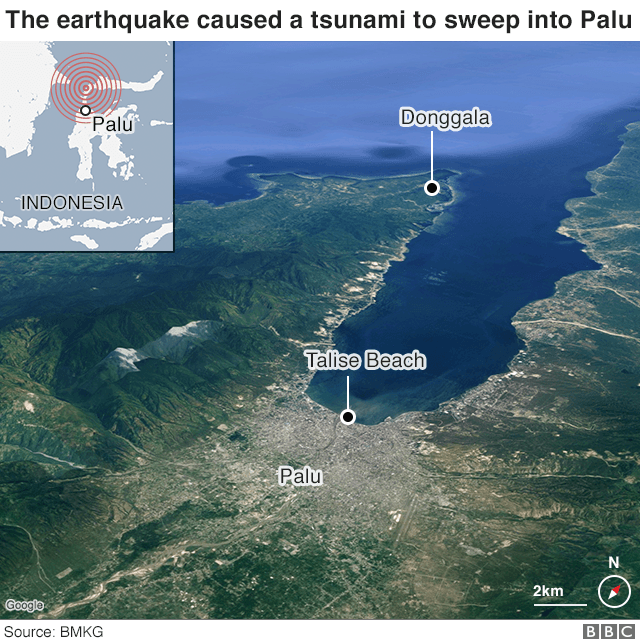
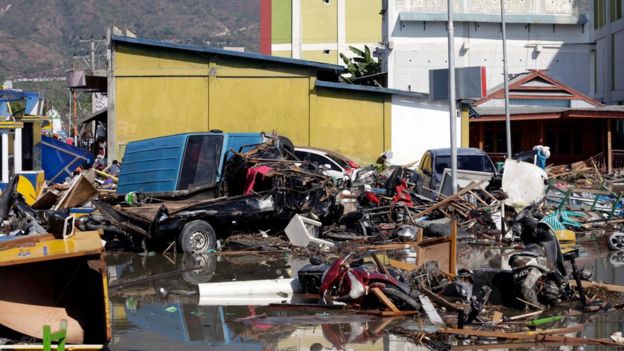


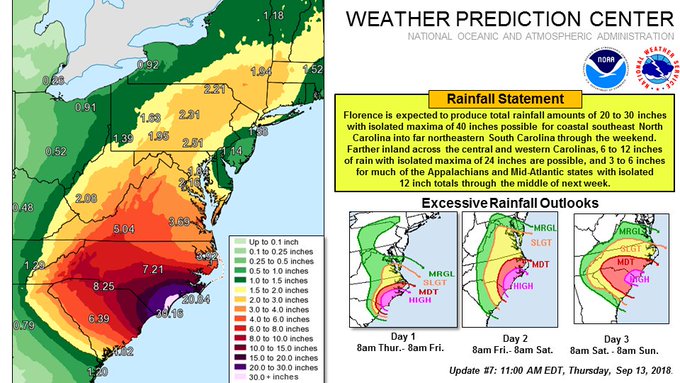
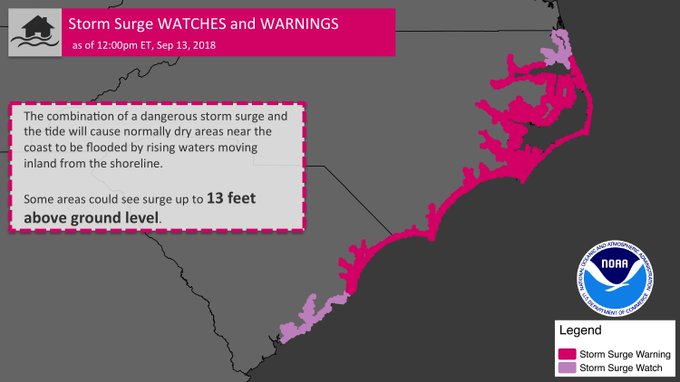
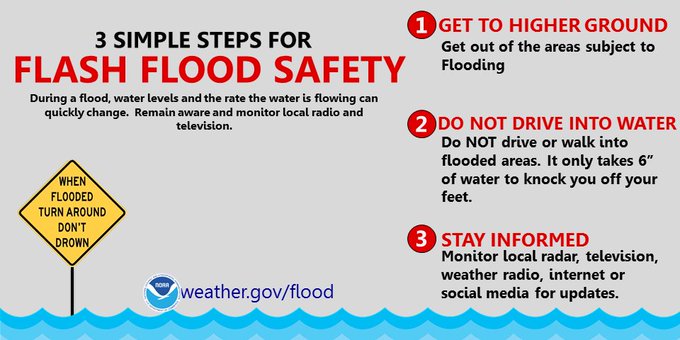


 When he and his workers went to feed the fish on the morning of Aug. 24, none of them could be seen rising to the surface. They tried adding oxygen to the water, but it didn’t work. Before the long the fish began floating to the surface, dead.
When he and his workers went to feed the fish on the morning of Aug. 24, none of them could be seen rising to the surface. They tried adding oxygen to the water, but it didn’t work. Before the long the fish began floating to the surface, dead. The head of the emergency department at Kermanshah University of Medical Sciences, Saeb Sharidari, told state news agency IRNA that two people were killed and 241 injured, six critically.
The head of the emergency department at Kermanshah University of Medical Sciences, Saeb Sharidari, told state news agency IRNA that two people were killed and 241 injured, six critically.








/https://www.thestar.com/content/dam/thestar/news/world/2018/08/24/71-magnitude-earthquake-reported-on-perubrazil-border/earthquake.jpg)

